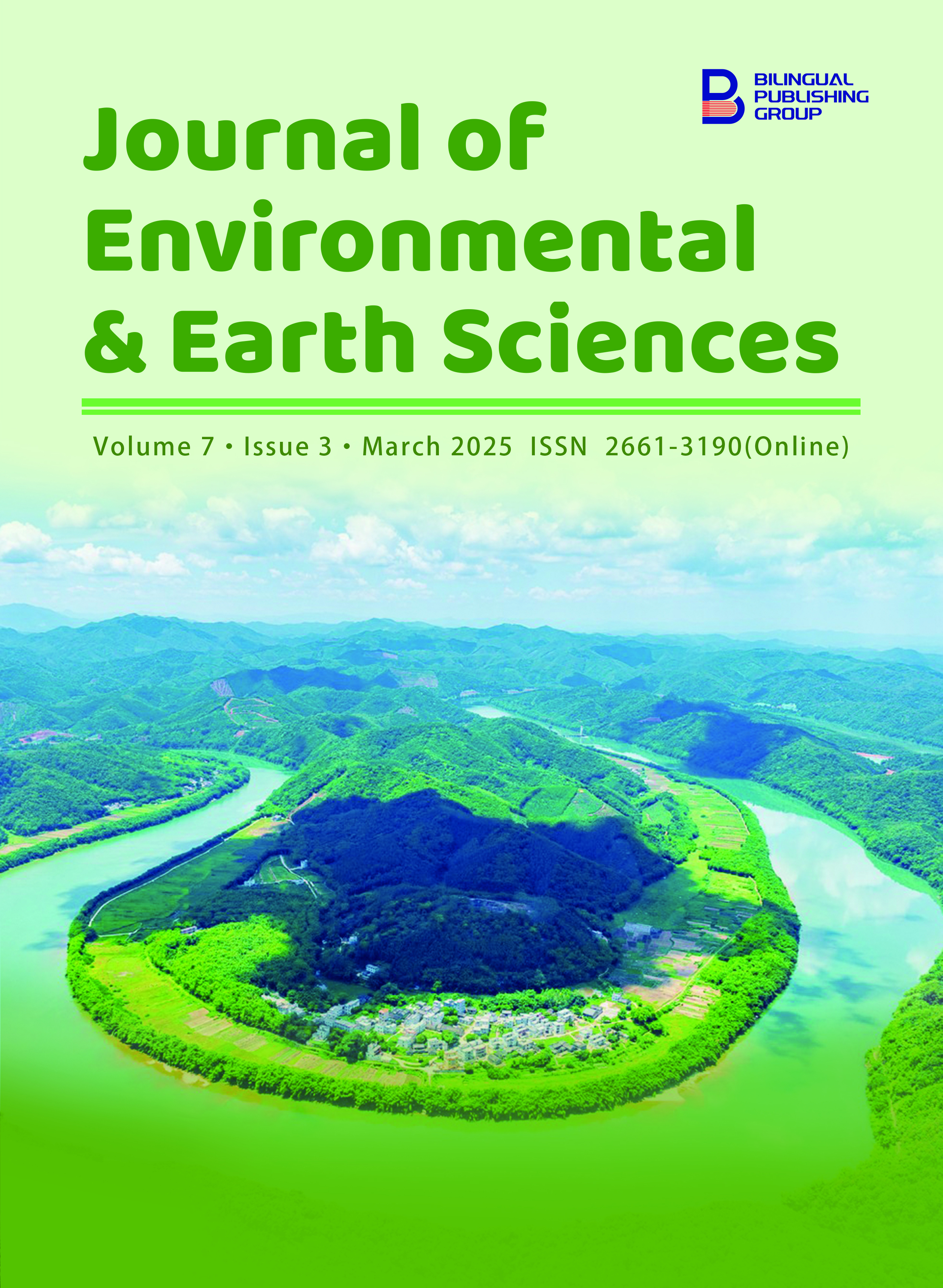
Natural Tourism in Kosovo and the Potentials of the Dukagjin Region
DOI:
https://doi.org/10.30564/jees.v7i3.8176Abstract
This study aims to assess the potential of natural tourism in Kosovo, especially in the Dukagjin region as a case study. The main objective is to identify and analyze this region's tourism potential to understand its impact and importance. 180 respondents from the Dukagjin region participated in this study, and the quantitative method was used as a methodology. The measurement instrument consisted of 30 closed questions, which aimed to collect detailed information on the potential of natural tourism in this area. The study results showed that mountain, cultural, winter, healing, and rural tourism are especially important for developing the Dukagjin region. Furthermore, the analysis shows that 30% of the tourism potential is explained by rural tourism, underlining its importance in the local economy. Finally, the study's findings are discussed, emphasizing their practical value for promoting and developing sustainable tourism in the region.
Keywords:
Development; Dukagjin Region; Natural Tourism; Rural Tourism; Tourist Potentials; Tourism PromotionReferences
[1] Bala, Z., 2006. Shishtavec-history and tradition. (ISBN10: 9994347047). Erik publications. Tirana- Albania.
[2] Hasanaj, P., Nimani, A., Kuqi, B., 2019. Tourism development of Kosovo as a tourist destination.
[3] Kosovo Environmental Protection Agency (KEPA), 2010. Report on state of nature 2008–2009.
[4] Elezaj, Z., Kodra, A., 2008. Geology of Kosova. Pristina.
[5] Institute for Nature and Environment Protection of Kosovo (INEPK), 2003. Feasibility study for declaration of Bjeshkët e Nemuna territory as National Park.
[6] Millaku, B., Dreshaj, A., Elezaj, E., 2020. Natural resources management: The case of National Park of Nemuna Mountains. 577–582.
[7] Millaku, B., Dreshaj, A., Selimaj, A., 2018. Natural conditions as potential tourism values in the Republic of Kosovo. Knowledge-International Journal. 28(1), 385–388.
[8] Tahiri, A., Kovaçi, I., 2024. The continuous development of the tourism industry: A comparison of the tourism development between Kosovo and North Macedonia. Calitatea. 25(199), 372–378.
[9] Nakije, K., 2013. Investment and sustainable development of tourism in Kosovo. In The 1st International Conference on “Research and Education-Challenges Towards the Future.”
[10] Tahiri, A., Kovaçi, I., Lekiqi, B., et al., 2021. Tourism and hotel industry: Definition, concepts and development—the case of Kosovo. Quality-Access to Success, 22(182), 110–115.
[11] Hoxha, E., Mustafa, B., 2004. Biodiversity and protected areas. Pristina.
[12] Mustafa, B., 2009. Potential areas for Natura 2000 in Kosovo. PM International, Pristina.
[13] Mustafa, B., Hoxha, E., Veselaj, M., 2004. Aspects of flora and vegetation for announcement. Tirana.
[14] Pllana, R., 1999. Geographical research. Pristina.
[15] Çavolli, R., 1997. Regional geography of Kosovo. Pristina.
[16] Çadraku, H., Beqiraj, A., 2013. Hydrogeological features of the Dukagjin Basin, Kosovo. Pristina.
[17] Tahiri, A., Krasniqi, A., Kovaçi, I., et al., 2024. Cultural heritage: Its components, role and importance in cultural tourism development—the specific case of Kosovo. International Journal of Sustainable Development and Planning. 19(6), 2105–2114. DOI: https://doi.org/10.18280/ijsdp.190610
[18] Tahiri, A., Kovaçi, I., Trajkovska Petkoska, A., 2022. Sustainable tourism as a potential for promotion of regional heritage, local food, traditions, and diversity—Case of Kosovo. Sustainability, 14, 12326. DOI: https://doi.org/10.3390/su141912326
[19] Schweinthelm, J., Veselaj, Z., 2003. Biodiversity assessment of Kosovo. New York.
[20] Millaku, B., 2008. Theoretical operational and analytical reviews of tourism functions in the balneary segment of the baths, the baths of Peja, Kllokot and the thermo-mineral waters of Kosovo. Pristina.
[21] Demjaha, B., 2015. Role of tourism in rural development of Dukagjini Region in Kosovo. Faculty of Architecture and Spatial Planning - Vienna University of Technology.
[22] Veselaj, Z., 2010. Cursed Mountains - Kosovo's natural pearl. Prishtina.
[23] Kuqi, B., 2018. Theoretical approach concerning the development of sustainable tourism as a tourist destination in Kosovo. GeoJournal of Tourism and Geosites. 22(2), 489–496. DOI: https://doi.org/10.30892/gtg.22218-305
[24] Gashi, M., 1986. Basics of Tourism. University of Kosovo: Pristina.
[25] Recica, F., Millaku, B., 2012. Tourism marketing. Pristina.
[26] Ritchie, J., Lewis, J., 2003. Qualitative Research Practice—A Guide for Social Science Students and Researchers. Sage Publications Ltd.: New York, NY, USA.
[27] Preacher, K.J., Hayes, A.F., 2008. Asymptotic and resampling strategies for assessing and comparing indirect effects in multiple mediator models. Behavior Research Methods. 40(3), 879–891. DOI: https://doi.org/10.3758/BRM.40.3.879
Downloads
How to Cite
Issue
Article Type
License
Copyright © 2025 Alberta Tahiri, Anela Džogović, Idriz Kovaçi, Thëllëza Latifi Sadrija, Nora Draga, Elvira Misini, Ardiana Hyseni, Selvije Lajqi, Doresa Mulaj, Fatbardha Shala, Hyrije Bajramaj, Kushtrim Agaj, Flaka Muriqi, Mimoza Mekuli, Ismet Berisha, Mendim Nimonaj

This is an open access article under the Creative Commons Attribution-NonCommercial 4.0 International (CC BY-NC 4.0) License.







 Alberta Tahiri
Alberta Tahiri





